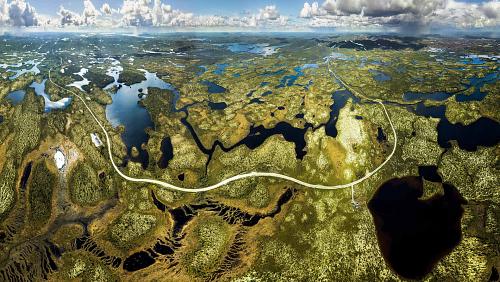Trash talk is a common topic of conversation when it comes to waste disposal. There are many myths and misconceptions surrounding the handling and disposal of trash, which can lead to confusion and misinformation. In this article, we will debunk some of the most common myths about waste disposal to help you make more informed decisions about managing your trash.
Myth #1: Recycling is a waste of time and resources.
This is one of the most common myths surrounding waste disposal. Many people believe that recycling is not worth the effort because it requires additional resources and energy to sort, process, and transport recyclable materials. However, the reality is that recycling is a critical component of sustainable waste management.
Recycling helps conserve natural resources, reduce energy consumption, and minimize greenhouse gas emissions. By recycling materials like paper, plastic, glass, and metal, we can reduce our reliance on virgin materials and decrease the environmental impact of waste disposal. Recycling also helps create jobs in the recycling industry and can generate revenue from the sale of recycled materials.
Myth #2: Landfills are a safe and sustainable way to dispose of trash.
While landfills are a necessary part of waste disposal, they are not a sustainable long-term solution. Landfills can pose serious environmental and health risks if not properly managed. As organic waste decomposes in landfills, it releases methane gas, a potent greenhouse gas that contributes to climate change. Landfills can also contaminate soil and groundwater with hazardous chemicals and pollutants.
To mitigate these risks, it is essential to reduce the amount of waste sent to landfills through recycling, composting, and waste reduction initiatives. Additionally, modern landfills are designed with liners, leachate collection systems, and methane capture facilities to minimize environmental impacts. However, it is still crucial to explore alternative waste management solutions, such as incineration and waste-to-energy technologies, to reduce our reliance on landfills.
Myth #3: Burning trash is a sustainable way to dispose of waste.
Incineration is often touted as a cleaner alternative to landfilling, as it can generate energy from burning waste. While waste-to-energy facilities can help reduce the volume of waste sent to landfills and produce electricity or heat, incineration also has drawbacks. Burning trash releases greenhouse gases, air pollutants, and toxic ash, which can harm human health and the environment.
It is essential to prioritize waste reduction, recycling, and composting over incineration to minimize the environmental impact of waste disposal. When incineration is necessary, it is vital to use advanced technologies, such as air pollution control devices and emissions monitoring systems, to reduce emissions and ensure compliance with environmental regulations.
In conclusion, it is important to separate fact from fiction when it comes to waste disposal. By debunking common myths about trash talk, we can make more informed decisions about managing our waste in a sustainable and responsible manner. Remember to prioritize waste reduction, recycling, and composting to minimize the environmental impact of waste disposal and protect our planet for future generations.







